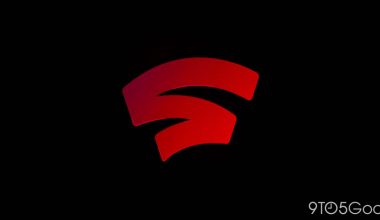Solid-state storage has changed, and it can now be found inside the thinnest laptops and in the motherboard cavities of the newest desktop PCs. It’s understandable if you weren’t even aware that it was happening, even if you keep a careful eye on all things technological.
This is so that the storage hardware itself may be made nearly undetectable, which is the whole point. Solid-state drives (SSDs) have evolved over the past few years from the slab-like designs of common hard drives into tiny sticks of memory that provide roughly the same capacities. Along the way, they increased their speed.
in the.) Crucial P5 Plus Samsung SSD 980 ADATA XPG Atom 50 HP FX900 PCIe 4.0 M.2 SSD Addlink S70 WD Blue SN570 Samsung SSD 980 Pro Mushkin Gamma SK Hynix Platinum P41 Acer Predator GM7000 Intel SSD 670p ADATA XPG Spectrix S40G CRUCIAL P5 PLUS
0 Submitted by Molly Flores Identify the bus you are riding. You almost definitely replace one M.2 drive with another when upgrading a laptop in order to increase capacity. To install the same, presumably roomier sort going in, make sure you are aware of the characteristics of the drive exiting your system and whether it relies on the SATA or PCI Express bus.
On a PC, it’s a little more difficult. Both SATA-bus and PCI Express-bus M.2 drives can be used in the same M.2 slot on some motherboards. Others only support PCI Express M.2 drives, while still others only support SATA M.2 drives (those will be older boards). (And not all older motherboards enable PCIe x4 or NVMe in the case of PCI Express M.2) You must be aware of the capabilities of your board before making purchases. In all other respects, a PCI Express SSD should be faster than a SATA one, but for general use, a SATA SSD will work just as well and, in many circumstances, be identical to a PCI Express SSD.
Additionally, search for PCI Express 4.0 functionality in the newest drives. If you purchase one of those, you must have a motherboard that is current AMD or Intel models. Recheck the specifications. A PCIe 4.0 drive should function, albeit more slowly, in a PCI 3.0 only slot.
Verify the bootability. Verify with the board manufacturer that an M.2 SSD of the bus type you are considering will be bootable before installing one for the first time in a desktop board. Even though it’s improbable, an older motherboard can require a BIOS upgrade.
Examine the price per gig. The primary metric used to price-compare comparable M.2 drives from various manufacturers is cost per gigabyte. All things being equal, expect to pay more for PCI Express bus models and more for PCIe 4.0 drives than PCIe 3.0 ones. However, in both cases, the cost disparities are getting smaller. The cost per gig is calculated by dividing the drive’s price (in dollars) by its capacity (in gigabytes). For instance, the price of a 1TB (1,000GB) drive comes out to around 10 cents per gigabyte. When evaluating various drives, use this as a criterion for value.
WHAT IS THE BEST M.2 SSD TO PURCHASE, THEN? The best M.2 solid-state drives that we have tested are listed below. Additionally, you may look at our roundups of the best external SSDs, best external hard drives for Mac, and best external hard drives overall.
You can find various 2.5-inch models on our overview of the best internal SSDs if you’re also interested in taking larger 2.5-inch drives into consideration. See our roundup of the top PCI Express NVMe drives if you’re just interested in PCI Express-based SSDs.







